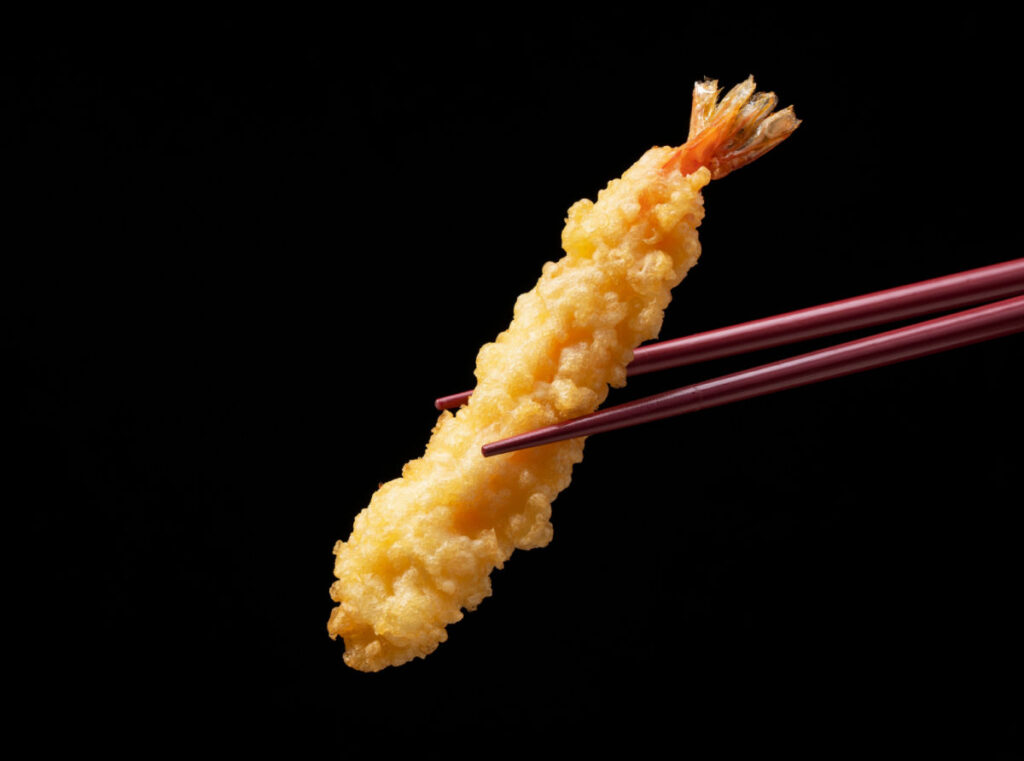
Almost every cuisine in the world has a version of fried food that people find extremely popular and can be found on every menu. In Japanese culture, that frying technique comes in the form of tempura. From rock shrimp, cod, chicken, and even soft shell crab, fried tempura items are found on Japanese restaurant menus worldwide.
While countless orders are made every day, the average person may not know the rich history of this cooking technique and what makes it so unique in the culinary world. Here’s everything you ever wanted to know about tempura.
It Isn’t Originally Japanese
While the tempura found at our Japanese steakhouse in East Norriton, PA, is authentic Japanese tempura fried food, the original technique didn’t originate in Japan — it was perfected there. The cooking method was actually introduced to people from Japan by Portuguese missionaries in the 1600s in the port cities. As a result, tempura became absorbed into the local culture and, over the following generations, would evolve into the technique we all know and love today.
Originally served as an in-between meal snack, the dish consisted of minced meat, vegetables, and fish before Japanese chefs decided to get more creative with it in the 1800s. Japanese culinary traditions focus on preserving and highlighting fresh ingredients as close to their natural state as possible. Tempura frying allowed them to keep the spirit of this style while adding unique textures to things like fish and veggies, thus making this formerly foreign concept into something genuinely Japanese.
East Vs. West Tempura
In Japanese food, different types of tempura change based on the region you’re getting from. So while it’s a highly popular Japanese dish, how the batter gets mixed can dramatically affect the final product.
For example, the battered and fried tempura found in the eastern Kanto region consists of mixing flour and eggs, while the lightly battered seafood and vegetables go into a high-temperature sesame oil for a quick fry. On the other hand, in the western Kansai region, the tempura batter does not contain any eggs, and it gets slowly fried in low-temperature salad oil.
Additionally, the Kanto region utilized daikon oroshi and dipping sauces during the meal, while the Kansai region used only salt. In modern times, tempura does not have to be beholden to these borders and traditions. It’s up to the chef and how they envisioned the shrimp tempura dish in their mind and executed the final product.
Find This Globally Recognized Technique on Our East Norriton, PA, Japanese Steakhouse Menu
While it originally came from Portuguese missionaries in the 1600s, Japanese chefs have taken this technique and made it wholly their own over the generations. Adapting this battered and deep-fried meal to adhere to the Japanese culinary tradition shows the adaptability and creativity of chefs from the region. As these cooking methods have gone global, staying true to the ingredients and the spirit of the meal has ensured it becomes one of the most popular meals around the world.
From sweet potatoes, green beans, fish, chicken, and more, the word tempura has become synonymous with deliciously airy fried food that offers an excellent palate cleanser to any meal. As you begin exploring the different aspects of Japanese cuisine, you want to find restaurants that embrace the country’s rich culinary traditions and showcase what makes them unique.
Kabuto Japanese Steakhouse and Sushi Bar provide this experience and more to our guests every time they visit. So make a reservation and swing by one of our locations to get the full tempura experience today!
